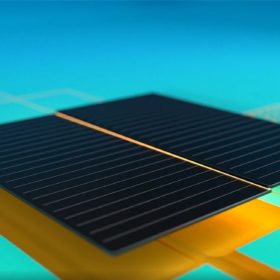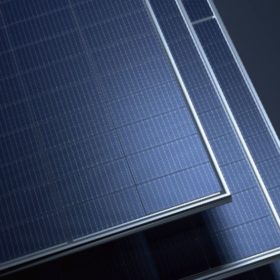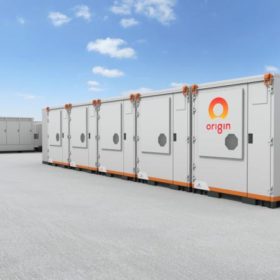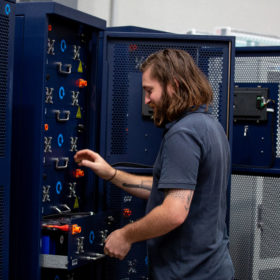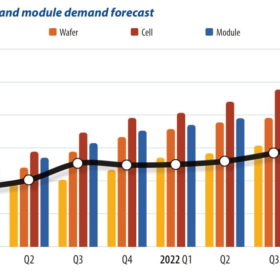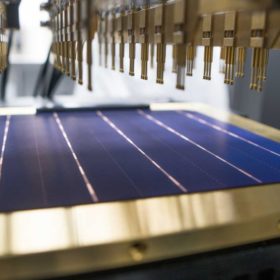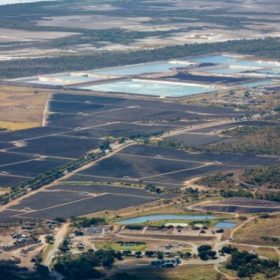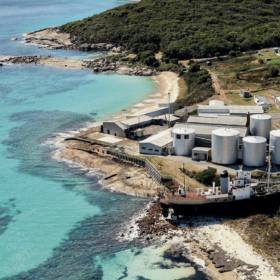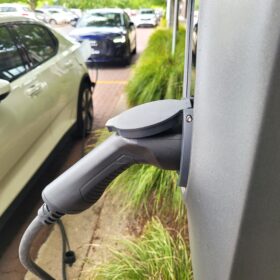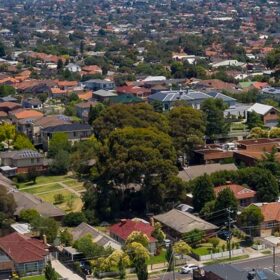REC showcases G12 residential heterojunction PV module with gapless design
REC’s new heterojunction solar panel series features efficiencies of up to 22.3% and an operating temperature coefficient of -0.26% per degree Celsius.
UL releases modelling software for utility scale energy storage
The software, called HOMER Front, is designed for standalone or hybrid solar or wind-plus-storage applications, aimed at maximising revenue streams.
Jetion presents heterojunction solar module series based on n-type G12 wafers
The largest product of the series is a solar module with an efficiency of up to 22.5% and a power output of up to 700 W. For all the panels of the series, the temperature coefficient is -0.26% per degree Celsius and the manufacturer offers a 12-year product guarantee and a 30-year power output guarantee.
Origin secures government approval for 2,800MWh Eraring battery
Origin Energy has secured planning approval for a 700MW/2,800MWh grid-connected battery to be developed at the site of its coal-fired Eraring power station in the New South Wales Hunter Valley.
Battery manufacturer builds on Australian supply chain
With global demand for both large scale and distributed battery energy storage on the rise, Australian battery manufacturer Energy Renaissance has reaffirmed its commitment to produce a lithium-ion storage solution using Australian suppliers and components.
No end to solar supply/demand imbalance
The solar supply chain problems that began last year with high prices and polysilicon shortages are persisting into 2022. But we are already seeing a stark difference from earlier predictions that prices would decline gradually each quarter this year. PV Infolink’s Alan Tu probes the solar market situation and offers insights.
Trailblazer tipped to accelerate Australia’s clean energy transition
The University of New South Wales and the University of Newcastle will join forces to develop and commercialise “world-leading” technology in solar, renewable hydrogen, storage and green metals after securing $50 million in Federal Government funding through the Trailblazer program.
Korea minerals giant seals deal for 9GW Australian renewables portfolio
The Australian clean energy arm of the world’s largest zinc, lead, and silver producer has completed its acquisition of utility scale wind and solar energy developer Epuron Holdings after the sale agreement received regulatory approvals earlier this week.
WA project seeks to demonstrate ‘almost limitless’ potential of ocean energy
The southern tip of Western Australia will soon be the focus of an ocean energy project which is hoping to match end-users to ocean energy solutions and eventually build a “physical marketplace using an integrated microgrid approach” – though exactly what this involves remains somewhat vague.
It’s 2030 and Australia’s energy landscape looks like…
As part of the Smart Energy Conference held in Sydney last week, the Smart Energy Council’s Scott Hamilton ran a session on Australia’s hypothetical energy landscape in 2030. This is how panelists Simon Holmes á Court, Jane Caro, Richard Denniss, Karrina Nolan and Professor Iain MacGill think we’ll be living at the decade’s close.
